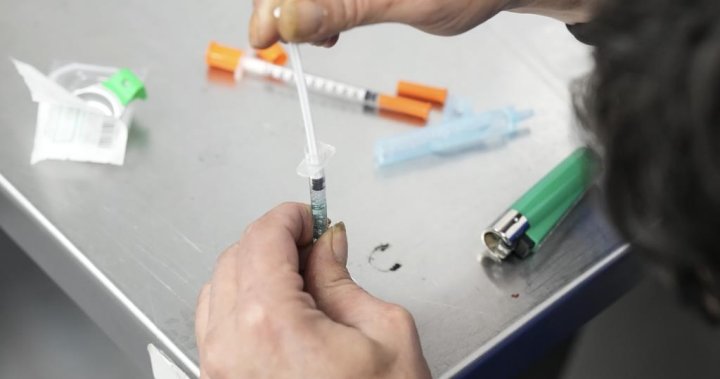Paragraph 1: An Alarming Surge in Overdoses at Saskatoon’s Supervised Consumption Site
Prairie Harm Reduction (PHR), the organization operating Saskatoon’s sole supervised consumption site, has reported a dramatic spike in overdoses in early 2025. Miranda Deck, a representative from PHR, described the increase as "huge," noting approximately ten overdose incidents within just two days, Thursday and Friday, occurring either within the facility or its immediate vicinity. This surge follows a period of relative calm, with the previous overdose at the site having occurred three weeks prior. The sudden increase raises concerns about a potentially dangerous batch of drugs circulating within the community.
Paragraph 2: Investigating the Cause and Community Impact
While PHR suspects a "bad batch" of drugs is responsible for the surge in overdoses, Saskatoon police have not confirmed the presence of any new or particularly dangerous substances in circulation. They also declined to provide specific numbers regarding overdose responses in 2025. This lack of confirmed information makes it difficult to pinpoint the exact cause of the increase and hinders efforts to issue targeted public health warnings. The discrepancy between PHR’s on-the-ground observations and the police’s official stance highlights the challenges in tracking and responding to the evolving drug landscape.
Paragraph 3: Contrasting Trends in Regina: A Decrease in Overdoses
In contrast to Saskatoon’s concerning spike, Regina has experienced a notable decrease in overdoses in early 2025. Regina police data reveals a significant drop from 88 overdoses recorded between January 1st and 12th in 2024 to just 13 overdoses during the same period in 2025. This difference between the two cities suggests that the issue might be localized to Saskatoon and potentially related to a specific batch of contaminated drugs rather than a province-wide trend. Further investigation is needed to understand the factors contributing to this disparity.
Paragraph 4: Emphasizing Harm Reduction Strategies and Community Resources
In light of the escalating overdose crisis in Saskatoon, PHR is advocating for increased awareness and utilization of harm reduction strategies. Miranda Deck stresses the life-saving potential of carrying naloxone, a medication that can reverse opioid overdoses, and encourages individuals to acquire both nasal and intramuscular forms. She also emphasizes the importance of drug checking, urging people who use drugs to test their substances before consumption. PHR offers drug checking services, including a spectrometer, at both their drop-in center and the supervised consumption site, empowering individuals to make informed choices and reduce their risk.
Paragraph 5: The Role of Supervised Consumption Sites and Community Organizations
The recent surge in overdoses underscores the critical role of supervised consumption sites like PHR in mitigating the harms associated with drug use. These sites provide a safe and monitored environment where individuals can consume drugs under the supervision of trained professionals who can administer naloxone and provide other life-saving interventions. While the recent incidents in Saskatoon are alarming, the presence of the supervised consumption site likely prevented many more overdoses from turning fatal. The site also acts as a vital link to other support services and harm reduction resources, including drug checking and naloxone distribution.
Paragraph 6: The Need for Collaborative Efforts and Comprehensive Solutions
Addressing the overdose crisis necessitates a multi-faceted approach involving collaboration between various stakeholders, including community organizations, law enforcement, public health agencies, and government bodies. Improved communication and data sharing between these entities are essential to effectively track trends, identify the sources of contaminated drugs, and implement targeted interventions. Furthermore, increased funding for harm reduction services, including supervised consumption sites, drug checking programs, and naloxone distribution, is crucial. Beyond immediate responses, addressing the root causes of substance use, such as poverty, mental health issues, and lack of access to treatment, is vital for long-term solutions.

